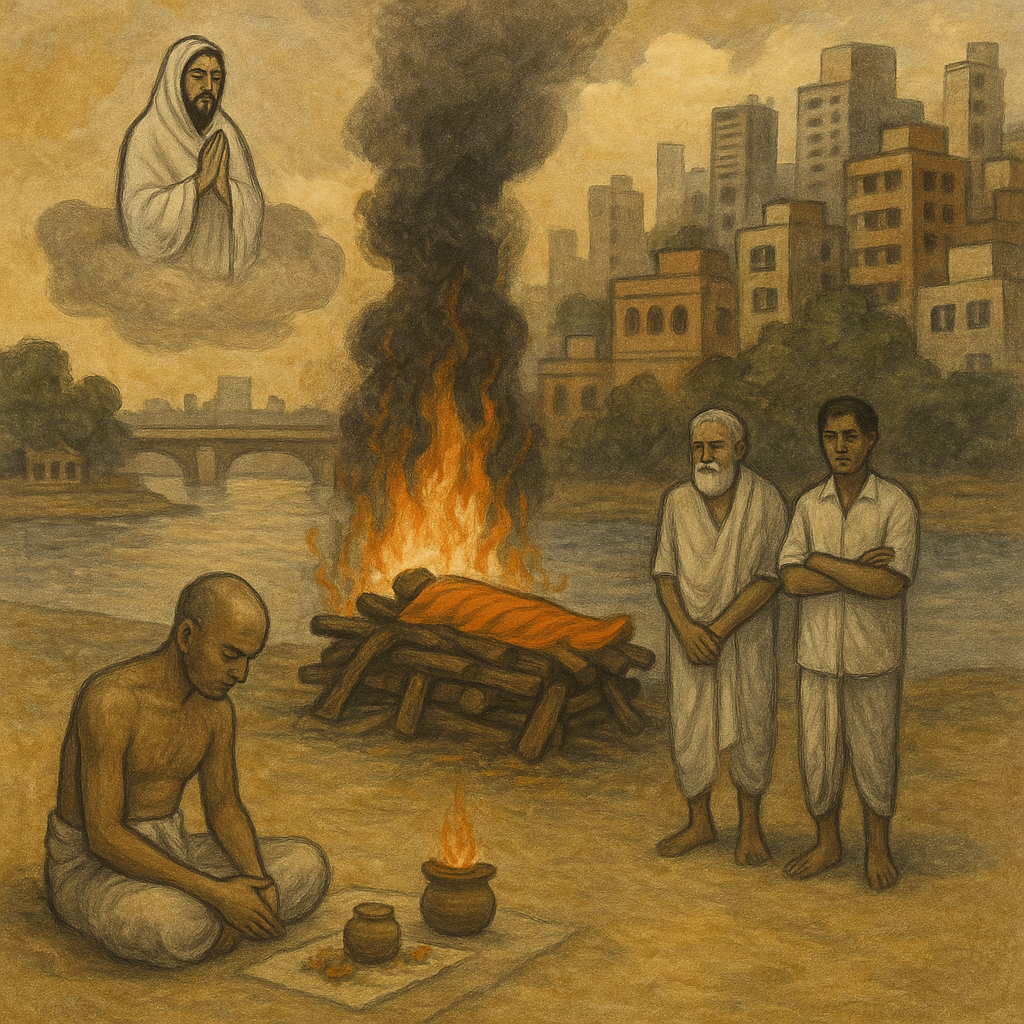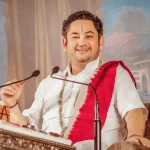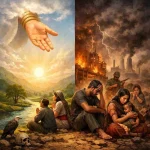Changing Rituals of Death and Afterlife in an Urbanising India
Death, the one certainty of life, has always carried deep spiritual meaning in Indian culture. Across centuries, every community — Hindu, Muslim, Christian, Sikh, Buddhist, or Jain — has evolved distinct rituals to honor the departed and guide souls toward peace. Yet, as India urbanizes rapidly, these timeless traditions are being reshaped by modern lifestyles, limited space, technology, and shifting beliefs. What was once an intimate, community-centered ritual is now adapting to the pace and anonymity of city life.
From Sacred Riverbanks to Electric Crematoriums
For generations, Hindu funerals were performed near holy rivers like the Ganga, Yamuna, or Godavari. Families would travel long distances to immerse ashes at sacred ghats, believing it ensured the soul’s liberation (moksha). Today, in crowded cities, such journeys are rare. Electric crematoriums have replaced open-air pyres — not only for environmental reasons but also due to scarcity of wood, land, and time.
While the traditional fire ritual (antyesti) remains, its setting has become mechanical and quick. In metros like Delhi and Mumbai, mourning spaces are often managed by municipal corporations with digital booking systems. Efficiency has replaced ceremony; silence has replaced community participation. Yet for many urban families, this shift also brings dignity and cleanliness — a modern solution that preserves the essence of the rite while adapting to reality.
Digital Mourning and the Online Afterlife
In the age of smartphones, death rituals have found a new home — the digital world. Families now livestream funerals for relatives living abroad. Memorial pages on social media serve as virtual shrines where friends and family post messages, prayers, and memories. Some even light virtual lamps on apps that mimic the glow of a diya.
These digital spaces offer comfort to those separated by distance, creating an extended circle of mourning that transcends geography. However, they also raise new questions: Does online remembrance dilute the sacredness of grief, or does it expand the idea of community mourning? In many ways, India’s youth are redefining remembrance — mixing tradition with technology to keep memories alive in modern formats.
The Shrinking Family and Evolving Grief
Urbanization has not only changed rituals but also the emotional fabric around death. In traditional settings, large joint families and neighbors gathered to cook, console, and perform last rites collectively. Now, nuclear families living in apartments often face the loss in solitude. Rituals that once lasted thirteen days are shortened to one or two, adapted to work schedules and city constraints.
Professional funeral services have emerged to assist with arrangements — from booking priests and hearses to handling paperwork. While such services offer relief, they also reflect a growing detachment from community networks. Mourning, once shared as a social responsibility, is becoming increasingly privatized.
Religious Adaptations and Interfaith Innovations
Each religion is finding its own way to adapt ancient death customs to urban living. Muslim communities are introducing eco-friendly burial grounds with space-efficient layouts. Christian cemeteries in cities are using shared memorial walls due to lack of burial land. Jain and Buddhist families are adopting digital prayer sessions and environmentally conscious rites.
Even interfaith families are creating hybrid rituals — combining readings from multiple scriptures, moments of silence, and tree-planting ceremonies as symbols of continuity. These changes suggest that death rituals are no longer confined to rigid forms; they are evolving to reflect modern identities and shared humanity.
Environmental Awareness and the Green Afterlife
The environmental impact of traditional funerary practices has also prompted change. Burning large quantities of wood, polluting rivers with ashes, and using non-biodegradable materials during rites have drawn concern. As awareness grows, “green cremations” using electric or compressed-air technology are gaining popularity.
Some NGOs and startups now promote “eco-urns” — biodegradable containers that turn ashes into trees, merging spirituality with sustainability. The idea of the afterlife is expanding from metaphysical salvation to ecological renewal — where returning to nature becomes a new form of liberation.
Psychological and Cultural Shifts
Urbanization has also transformed how people emotionally process death. In traditional India, death was integrated into daily life — rituals, festivals like Pitru Paksha, and family storytelling kept ancestors present in collective memory. In cities, where death is hidden behind hospital walls and funeral homes, the experience is often isolated and abrupt.
This has given rise to modern grief therapy and support groups that blend psychology with spiritual understanding. Many urban temples, churches, and community centers now host memorial gatherings that focus on celebrating life rather than mourning loss. The tone of remembrance is shifting from fear to gratitude, from ritual formality to emotional healing.
Technology, Faith, and the Future of Farewell
As artificial intelligence and digital archives grow, even the idea of immortality is being reimagined. Some families create “digital legacies” — storing photos, voice notes, and memories for future generations. Virtual reality memorials and holographic storytelling are emerging globally and may soon enter India’s urban rituals. These innovations reflect humanity’s timeless wish: to preserve connection beyond physical existence.
Faith traditions, while cautious, are learning to interpret these tools within their theological frameworks. The essence remains the same — honoring the journey of the soul — but the methods are evolving with time and technology. The rituals of death and the imagination of the afterlife in urban India reveal a nation in transition. Ancient beliefs continue to guide people through grief, yet modern realities — from city infrastructure to digital life — are reshaping how farewells are performed and remembered.
In this blend of old and new, one truth endures: death remains a moment of profound meaning, uniting family, faith, and memory. Whether through a sacred chant by the river or a prayer whispered over a video call, Indians continue to honor their dead with reverence — proving that while rituals may change, remembrance never fades.
~Religion World Bureau









